Museum of Natural Sciences and Museum of Physical Sciences in one center
The Museum Center of Natural and Physical Sciences is an important scientific and cultural center in the University of Naples Federico II.
It was founded in 1992 and preserves more than 150.000 evidences that were collected from the 18th century.
The Center consists of five museums: the Real Mineralogical Museum, the Zoological Museum, the Anthropological Museum, the Paleontological Museum and the Physics Museum.
The Real Mineralogical Museum, the Zoological Museum, the Anthropological Museum and the Physics Museum are located in the San Salvatore Complex (in the ancient Jesuit college), the Paleontological Museum is situated in the monastic complex of San Marcellino e Festo.
The collection of the Real Mineralogical Museum of Naples
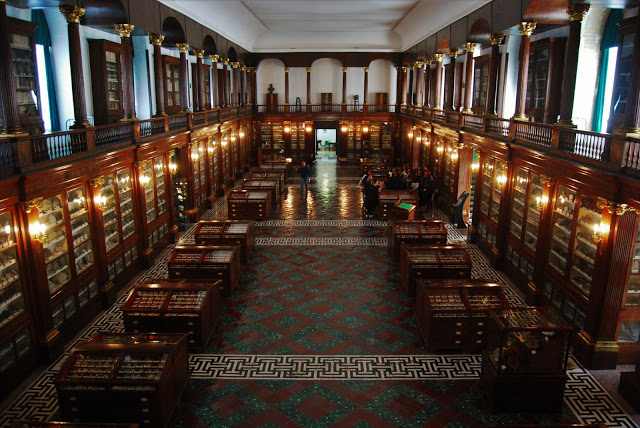
The Real Mineralogical Museum was founded in 1801 by Ferdinando IV di Borbone. In 1845 the museum housed the VII Congress of Italian Scientists.
The museum preserves a collection of more than 30.000 evidences, such as: the minerals collected at the end of the 18th century and the Large Crystals Collection, which also includes two crystals of hyaline quartz from Madagascar. This couple of crystals was donated to Carlo III di Borbone in 1740.
There are also the Vesuviana Collection and the Tufi Campani Collection (with peculiar minerals), the Artificial Crystals Collection (minerals synthesized by scientist Arcangelo Scacchi), a collection of meteorites and the scientific instruments.
The Zoological Museum of Naples
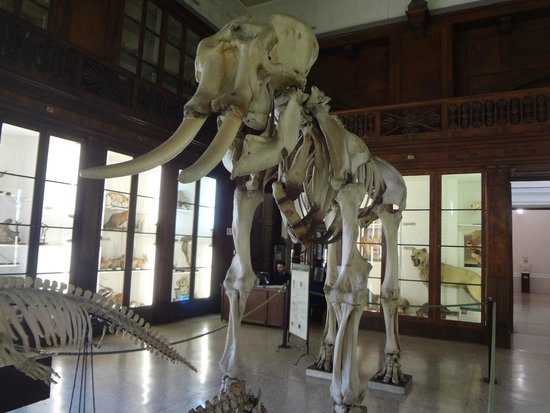
The Zoological Museum was founded in 1813 by Gioacchino Murat. It's a place where visitors can observe many animal species.
The museum displays the Vertebrate Collection, with a lot of mammals and birds such as: the dove from the isla of Norflok, the monkeys from South America, the monk seal, the little dear from Kulion and the Siberian tiger. This collection also includes the skeleton of a Frankish Borealis whale and that of an elephant which was donated to King Carlo di Borbone.
In the museum there are also the Malacologica Collection, with many Mediterranean species, including molluscs (such as the “patella ferruginea”) and the Costa Collection, with Italian and exotic insects.
The Anthropological Museum
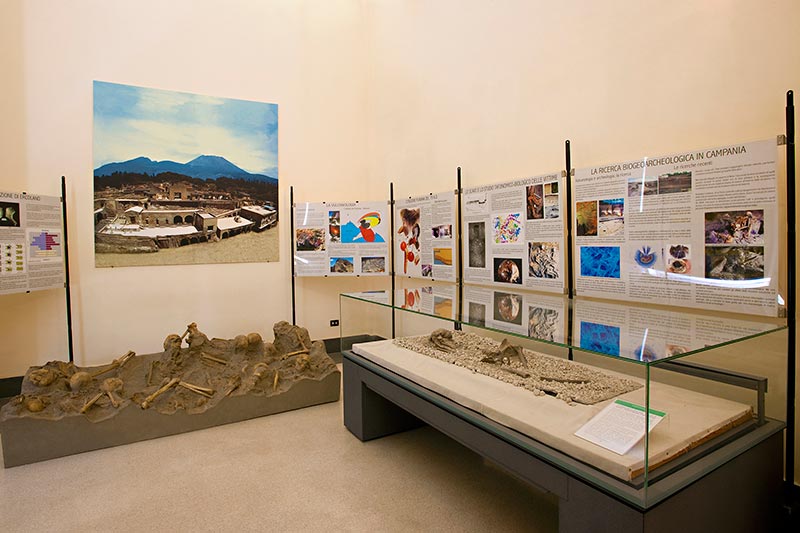
The Anthropological Museum was instituted in 1881 by the anthropologist Giustiniano Nicolucci, with the support of Francesco De Sanctis (Minister of Education at that time).
The museum collections shows about the prehistory of the people of the South Italy and prehistoric evidences from Europe, Americas, North Africa and Western Asia. Particulary important are the Collection of Skulls (by Nicolucci) and the Bolivian Mummy (18th century). Here there are also the evidences from the excavations of Troia.
The museum preserves also ethnographic material (mainly arms and objects) from east and equatorial Africa, New Zealand, Andaman Islands and Palawan isla.
The Paleontological Museum of Naples
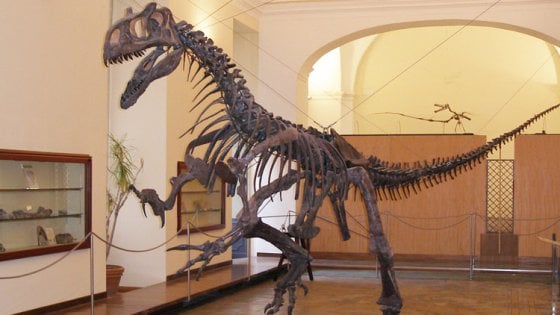
The museum was founded in 1932 and displays several collections of fossils.
Here there is the collection of fish from some places of Campania region: Giffoni Valle Piana, Castellammare di Stabia and Pietraroja.
The museum displays also the skeletons of large mammals, including that of a dinosaur from United States, dated back to 135 million years ago.
There are also fossils of plants and flying and marine reptils.
Naples Museums: an entire museum dedicated to physics
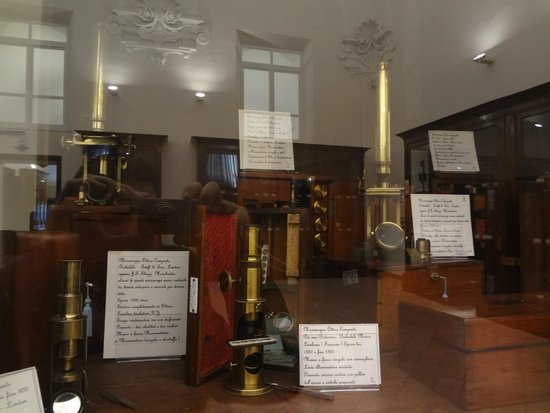
The Physics Museum was founded by some researchers from the University of Naples Federico II. It preserves serveral collections of valuable and peculiar instruments.
The Royal Collection includes instruments date back to the reign of Carlo di Borbone (who became king of Naples in 1734) and to the reign of Ferdinando IV.
The Collection of the Physics Laboratory was created in 1812, upon Giacchino Murat's request. It consists of several instruments, such as a telescope lent created by the scientist Evangelista Torricelli in 1654.
The Macedonio Melloni Collection consists of instruments that were used or invented by the physicist Melloni, such as an optical bench and a electroscope.
How to reach the Museum Center of Natural and Physical Sciences by public transport
To reach the Real Mineralogical Museum, the Zoological Museum, the Anthropological Museum, the Physics Museum (via Mezzocannone, 8) and the Paleontological Museum (largo San Marcellino, 10), take the metro Line 1 and get off at “Università” stop, the line starts from Piazza Garibaldi.
Near the Naples Central Station, there are also different buses that stop at Corso Umberto I, near the Museum Center, the most frequent is R2.










Lascia un commento